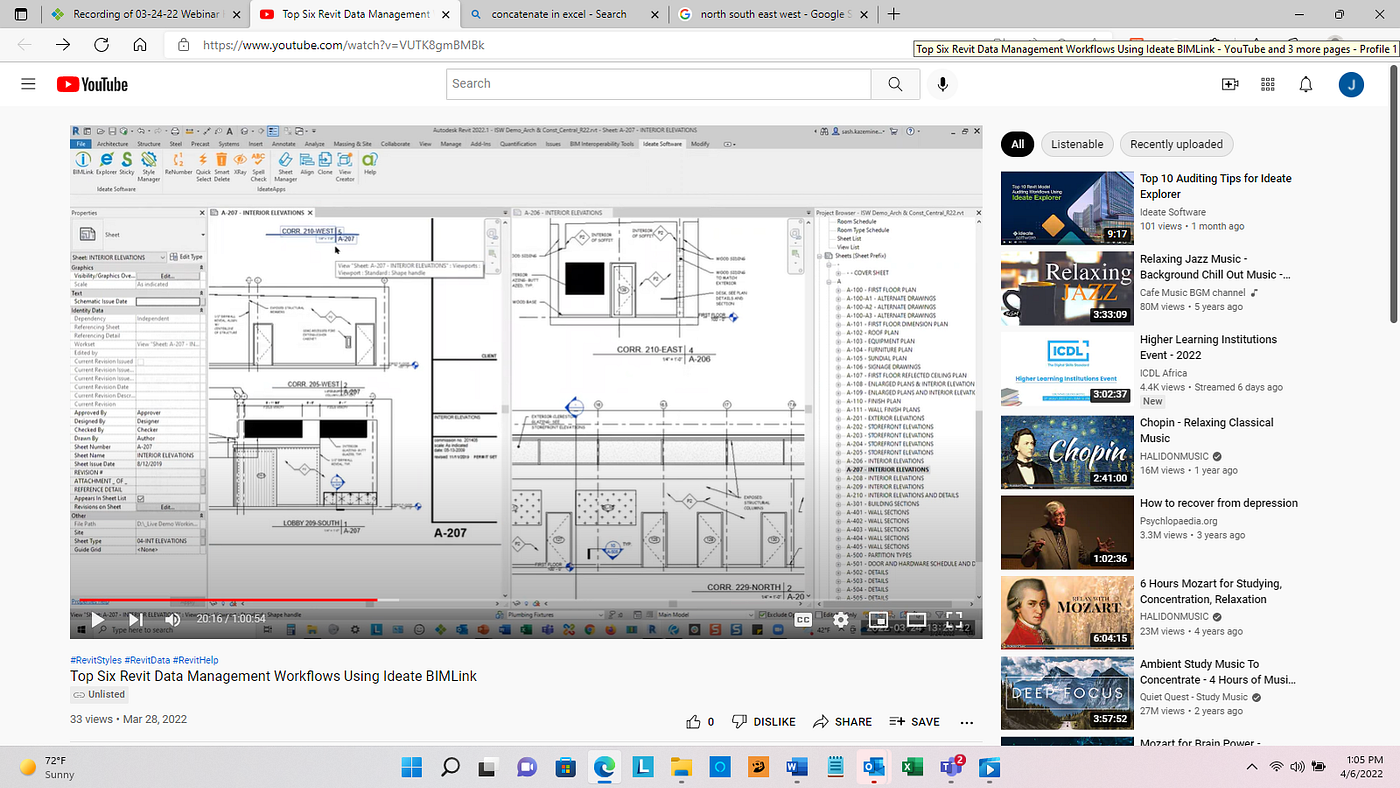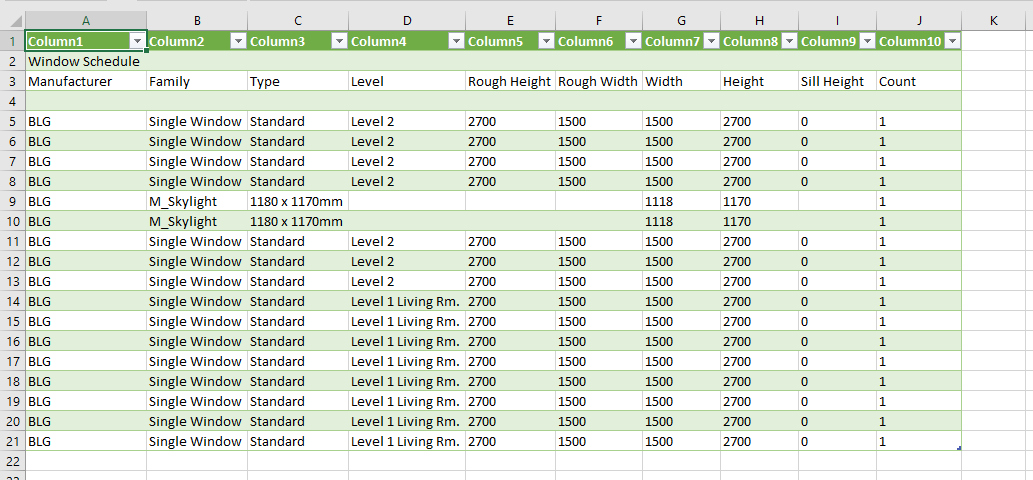Revit Tool Selection for Streamlined Modeling and Style
Wiki Article
Understanding the Art of Information Integration: Exactly How to Seamlessly Import Excel Data Into Revit
In this post, we will direct you through the process of understanding the art of information integration. Obtain prepared to prepare your Excel data easily and follow our detailed guide to import documents right into Revit. With our best techniques, you'll attain data integration success in no time.Recognizing the Significance of Data Integration in Revit
Understanding the importance of data combination in Revit is crucial for seamless importing of Excel documents. When you integrate data from Excel into Revit, it allows you to efficiently upgrade and manage information throughout the entire job. This assimilation makes certain that your design and building process is precise and updated.By integrating information, you can quickly import and upgrade parameters, schedules, and also geometry in Revit. This removes the need for hand-operated information entrance, saving you time and lowering the threat of errors. With Revit's data assimilation capabilities, you can maintain uniformity and accuracy in your project, while also improving partnership amongst employee.

Discovering the Excel Data Style for Revit Assimilation

In order to efficiently incorporate Excel documents right into Revit, it is vital to ensure that the information is formatted correctly. This includes effectively classifying columns and rows, as well as structuring the information in a manner that works with Revit's data schema. Revit utilizes particular criteria and classifications to organize data, so it is essential to line up the Excel information with these criteria to make sure a smooth assimilation.
Furthermore, it is very important to note that Revit only supports certain information kinds when importing from Excel. These include text, numbers, and dates. Any other data kinds, such as solutions or conditional formatting, will certainly not be identified by Revit and may cause problems during the integration process.
Preparing Your Excel Data for Seamless Import Into Revit
To make certain a smooth combination process, you'll need to appropriately layout and label the columns and rows in your Excel information prior to importing it right into Revit. Start by analyzing your Excel information and identifying which rows and columns include appropriate info for your Revit project.Next, make certain that the data in each column is effectively formatted. For instance, if you have a column for dimensions, ensure that all measurements are regularly formatted in the very same systems of measurement. Revit counts on consistent format to properly interpret and import information.
Furthermore, it is vital to check for any kind of vacant cells or disparities in your data. Revit may not have the ability to review Web Site or import data from cells that are empty or consist of errors. It is advised to assess your Excel data and cleanse up any kind of variances prior to importing it into Revit.
Step-By-Step Overview to Importing Excel Files Into Revit
Once you've correctly formatted and identified your Excel data, you can conveniently import it into Revit by following this step-by-step guide. To start, open Revit and navigate to the "Insert" tab. revit tools.Next, a dialog box will show up, permitting you to personalize the import settings. Here, you can pick the worksheet you wish to import, specify the variety of cells to import, and pick the appropriate devices for your data. Once you have actually made your choices, click "OK" to continue.
Revit will certainly currently display a preview of your Excel information. Take a minute to review the sneak peek and make sure that every little thing looks appropriate. If needed, you can make changes to the import settings by clicking the "Settings" button.
Ideal Practices for Data Combination Success in Revit
Make certain you adhere to these best practices to make sure effective integration of data in Revit. It is critical to arrange your information in Excel prior to importing it right into Revit. Be mindful of the systems and information kinds when mapping the data, as any type of disparities can lead to mistakes in the combination process.Another important technique is to regularly verify and upgrade your information. Furthermore, make usage of information validation tools within Revit to recognize any mistakes or disparities in the integrated information.
Finally, it is suggested to establish a clear workflow for data combination. This includes specifying duties and roles, establishing a communication additional hints channel in between staff member, and developing a regular tempo for information updates and reviews. By complying with these best methods, you can guarantee a effective and seamless combination of data in Revit, ultimately enhancing the efficiency and accuracy of your project.
Verdict
In final thought, understanding the art of information integration is essential for seamless import of Excel files into Revit. Understanding the value of information assimilation in Revit is the very first step towards effective integration.When importing information from Excel right into Revit, it is essential to comprehend the data layout and exactly how it can impact the integration procedure (revit tool). Revit uses details specifications and classifications to organize data, so it is vital to straighten the Excel information with these specifications to make sure a smooth integration
Be mindful of the units and information types when mapping the information, as any type of discrepancies can lead to mistakes in the integration process.
Furthermore, make use of information recognition tools within Revit to identify any kind of errors or variances in the incorporated information.

Report this wiki page